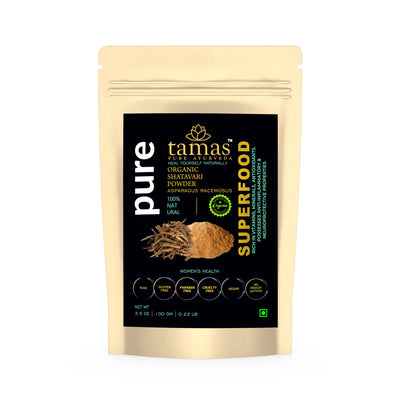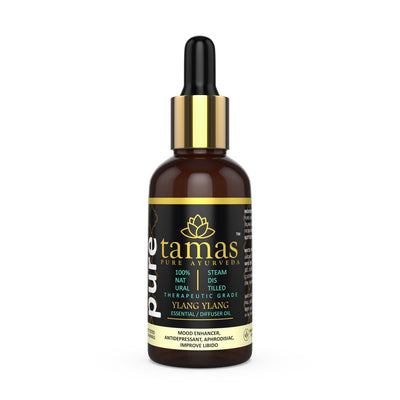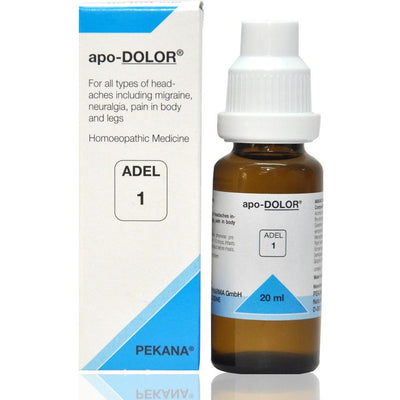
Kerala Ayurveda’s Kutajarishtam is a product used in the ayurvedic treatment for loose motion. If you face indigestion and diarrhea, it is advisable to avoid antibiotics for diarrhea. Instead, you can take Kutajarishtam, ayurvedic medicine for loose motion. The medicine is anti dysenteric and helpful in treating dysentery and in loose motion treatment.
Kutajarishtam is good medicine for loose motion that also helps to improve digestion. This diarrhea medication is helpful in treating various kinds of stomach ailments. Stomach upsets, digestive problems, piles, sprue, and intestinal parasites are problems whose treatment becomes easier using this medicine for loose motion, now available in India.
Apart from its use in diarrhea treatment, Kutajarishtam is an antiperiodic medicine. It is astringent in nature and helps in improving wellness naturally. The dosage of this medicine is 15 to 25 ml for adults and 5 to 15 ml for children or as directed by your physician.
Ingredients
Kutajarishtam is prepared by using ingredients like:
Kutaja
- Kutaja is Holarrhena antidysenterica, a herb used to treat dysentery.
- It is used to treat loose motion and bowel-related problems.
- It balances pitta and Kapha doshas.
- It is used in the treatment of piles.
- Guda is jaggery, a natural sugar substitute.
- It is helpful to treat parasitic infections.
- It is very helpful in the treatment of piles.
- It can balance Vata and Pitta.
- Dhataki is Woodfordia fruticosa, a herb used in making arishtas.
- It is astringent in nature.
- It is used to treat worm infestations.
- It is used in the treatment of digestive disorders.
- Draksha is Vitis vinifera or grapes.
- It balances Vata and pitta doshas.
- It is helpful in treating bloating and is a coolant.
- It is astringent in nature.
- Madhuka is Madhuca indica known as the butter tree.
- It is astringent and balances vata and pitta.
- It is used to treat piles and constipation.
- It is useful to treat irritable bowel disease and loose motion.
- Gambhari is Gmelina arborea, one among the dashamoola roots.
- It is helpful in Vata and pitta doshas.
- It is used to relieve constipation.
- It is very helpful in improving digestion
Ayurveda’s view of digestion problems
Ayurveda has the concept of Agni or digestive fire. It is the heart of the metabolic system that is involved in digestion and absorption of nutrients into the blood. The digestive process starts in the mouth with the chewing of food. The Kapha dosha is the predominant element here. Saliva is produced, which mixes with food to make it foamy and wet so it can be digested easily. From the mouth, the food moves to the upper stomach. It takes around two hours for this process. Lethargy after eating is because of Kapha dosha.
The second stage of digestion occurs in the lower stomach and in the small intestine. Here, pitta is the ruling dosha. The pancreas releases enzymes that make the process of digestion forward. The stomach produces acid to break down the food. This process takes two to three hours. Imbalance in pitta dosha can cause acidity.
The final stage of digestion occurs in the large intestine and the colon. The nutrients from the digested food are absorbed into the body along with fluids. The remaining matter is sent for egestion as feces. Vata is the predominant element. Bloating and gas problems are related to a dosha at this stage.
Improper diet and poor lifestyle can lead to the accumulation of toxins known as ama. The formation of ama weakens the Agni leading to digestive problems.
Some of the ways to improve digestion are:
- Eating freshly prepared food that is cooked fresh.
- Eating a balanced diet with fruits, vegetables, and grains.
- Ayurveda recommends eating once in four hours to ensure there is no overload of food and smooth digestion.
- Drinking warm water in the morning helps to get rid of ama.
- Sufficient water needs to be consumed to be hydrated and to improve digestion. Ayurveda recommends drinking water only half an hour after food and to avoid drinking cold water.
- Lifestyle changes are essential to solve digestion problems. Sufficient exercise and avoiding mental stress is important.
- Avoiding stimulants like coffee, tea, tobacco, cigarettes, and alcohol.
Digestion – An overview
Digestion is an important function of the body. When the digestive system works well, one is healthy and fit. Problems with digestion can affect other systems in the body. Indigestion, gas, acidity, reflux, and dysentery are common digestive problems faced by people. The popularity of junk foods, oily and spicy foods, and colas create a burden on the digestive system leading to digestive problems. Lack of proper exercise and an unhealthy lifestyle also disturbs the digestive process. Excess use of stimulants like coffee, alcohol, and smoking are bad for the body. As a result, people face digestive problems.
Causes of digestive problems
- Indigestion or the inability to digest food well is one of the main problems faced by most people. It causes an uncomfortable feeling in the upper stomach. It may result in abdominal pain, a bloated abdomen, and a burning sensation. Indigestion happens due to a variety of reasons including improper diet, excess consumption of unhealthy foods, smoking, alcohol consumption, drinking too much coffee, lack of exercise, and medicines all contribute to digestive problems.
- Not eating food on time leads to excess acid production that can cause acid. An improper diet can lead to excess gas causing bloating. Acid can cause heartburn and acid reflux. When untreated, acidity can turn into ulcers of the stomach.
- The inability to digest food properly causes a stomach upset. Nausea, bloating, vomiting are some of the common symptoms. Loose motion and dysentery are other symptoms of poor digestion. Some people may even develop constipation.
- Some people are intolerant to certain foods like gluten found in wheat. This intolerance can lead to sprue with bloating and diarrhea.
- Intestinal parasites that enter the body through uncooked food or unhygienic food is one more reason for digestive problems.
- Bowel problems in the long term can cause piles that can with bleeding hemorrhoids.

















